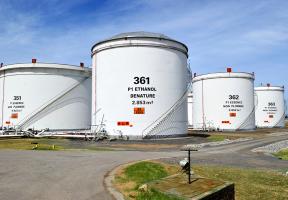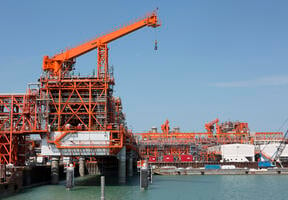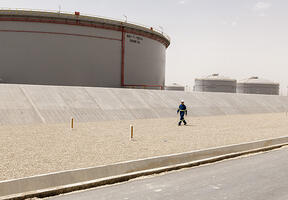Why Crude Oil Needs to be Refined
5 min read
needs to be refined in order to transform it into a range of useful products for industry and consumers.

© THINKSTOCK - Refining converts crude oil into products that can be used by consumers and industry.
Refining Crude Oil for Use
The gasoline or we put in our car, the oil we burn to our homes in winter and the natural gas we use to cook are all fuels and sources of heat derived from oil and gas extracted from deposits across the globe.
Roughly speaking, crude oil is a “mixture” of all these energy products. To meet user requirements, it must be separated, converted and treated in a process known as refining.
Could crude oil be used directly if only we had the right kinds of engines and boilers? The answer is no, because each crude oil is very different and made up of a large number of molecules. The lightest molecules, dissolved gases, have 1 to 4 carbon atoms, while the heaviest have over 20. These molecules are present in varying proportions depending on the deposit, meaning that each oil has its own composition and properties. Some crudes are black and viscous and contain a lot of heavy molecules; others are brown, more fluid and lighter. Each also contains a certain amount of dissolved gas and highly corrosive products, such as sulfur or acids, which can sometimes be toxic.
For these different reasons it is impossible to develop a universal boiler or engine capable of running on all crude oils.
Solutions That Meet Consumer Demand
Demand for petroleum products has changed significantly since the mid-20th century. In industrialized countries, the development of road and air transportation has accelerated, leading to stronger demand for light products, such as fuel. At the same time, the consumption of has declined as other energy sources, such as gas and nuclear , are being used for heating and power generation.
Today, global demand for petroleum products breaks down roughly as follows:
- 40% for light distillates (fuel).
- 40% for middle distillates (fuel oil, diesel).
- 20% for heavy distillates (wax, ).
The only crude oil that more or less matches these percentages before refining is Algeria’s light Saharan Blend. All other crudes contain a larger percentage of heavy products. The average breakdown of distillates obtained by separation of crude oil is significantly different from the breakdown in demand:
- 25% for light distillates.
- 35% for middle distillates.
- 40% for heavy distillates. To align production with demand, it is therefore necessary to convert some of the heavy products into light products before bringing them to market. These lighter products are more expensive than crude oil, because their price includes refining costs.
To obtain products that satisfy current consumer and industry demand, specially designed production and conversion units featuring innovative refining processes have been built.






















